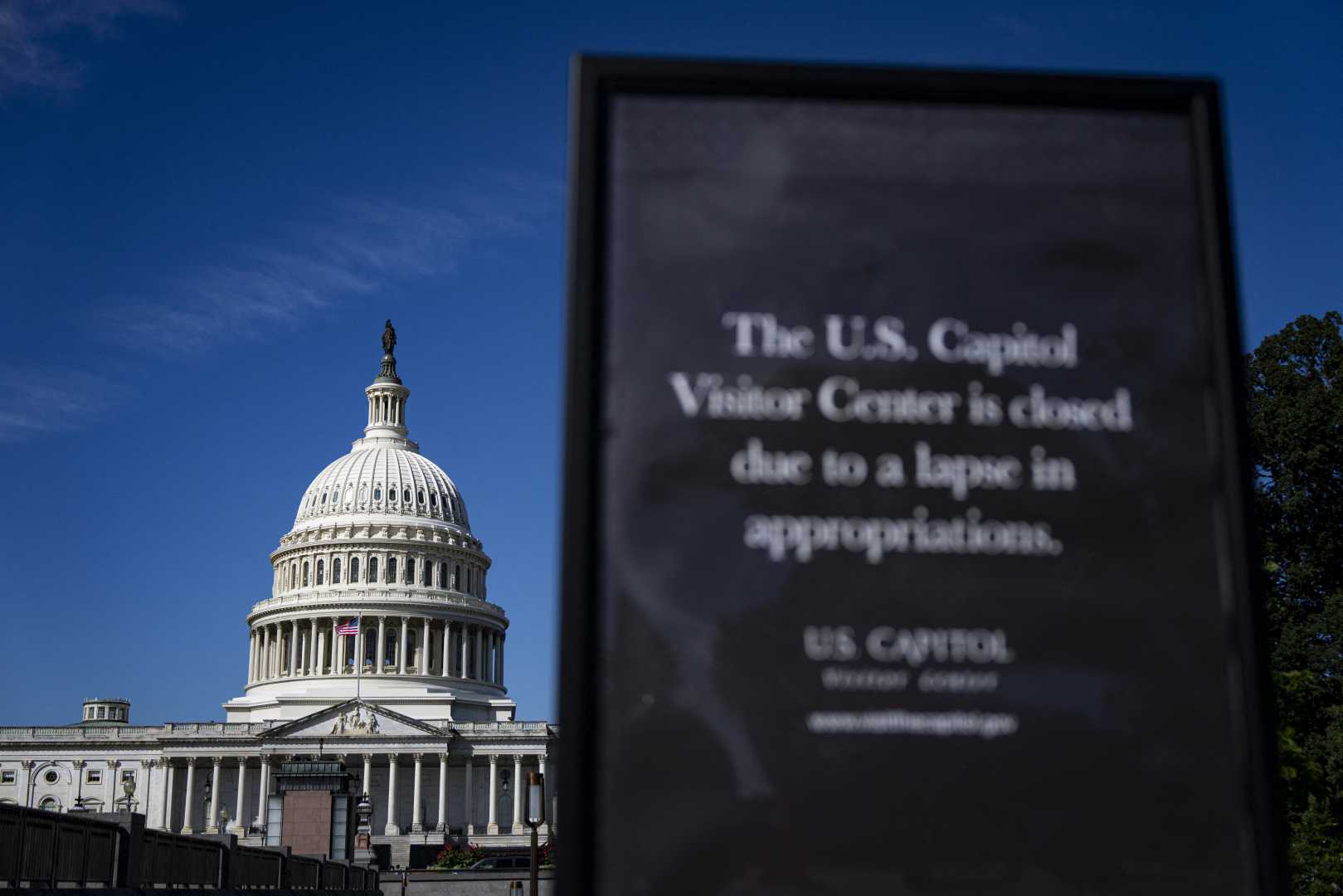News
Government Shutdown Enters Second Week Amid Economic Concerns

WASHINGTON, D.C. — The federal government shutdown has now entered its second week, becoming the fourth-longest in U.S. history. As of now, it has lasted for 10 days, with no clear resolution in sight as lawmakers have left Washington.
The House of Representatives is in recess, and the Senate will not reconvene until Tuesday after another failed attempt to reach an agreement on a continuing resolution to fund the government through November 21. Both Republican and Democratic parties are divided, primarily over health care provisions included in the funding proposal.
Historically, when the government shuts down, the economic impacts are usually short-lived, but experts warn that prolonged closures can lead to significant disruptions. Currently, more than 650,000 federal employees have already missed their paychecks, with that number expected to exceed three million by the end of week three, including active duty military personnel who are scheduled to receive pay on October 15.
The shutdown is also interrupting vital government services. Federal programs, including tax services managed by the IRS, are currently staffed minimally, with many applications for programs stalled. Benefits like the Women, Infants and Children (WIC) nutrition program could be disrupted if the stalemate continues.
While some speculate that rising service interruptions might push lawmakers towards compromise, betting markets indicate a bleak outlook, estimating only a 5% chance of a resolution before October 15. Economic analysts suggest that if the shutdown extends into the third or fourth week, we could see significant impacts on GDP as federal spending decreases.
In light of recent market volatility following President Trump’s heightened trade tensions with China, economic indicators remain crucial. However, with the government services on pause due to the shutdown, investors are looking to the Federal Reserve for future interest rate decisions.
Despite the current cloud of uncertainty, the Federal Reserve is expected to announce a rate cut during its upcoming meeting, helping to stabilize market concerns. A report on consumer sentiment from the University of Michigan indicates that consumer confidence remains close to historic lows, as inflation and job prospects weigh heavily on American households.
As the economic climate continues to shift, both the markets and consumers will be watching closely. The effects of the ongoing government shutdown underscore the fragility of the current economic situation.












